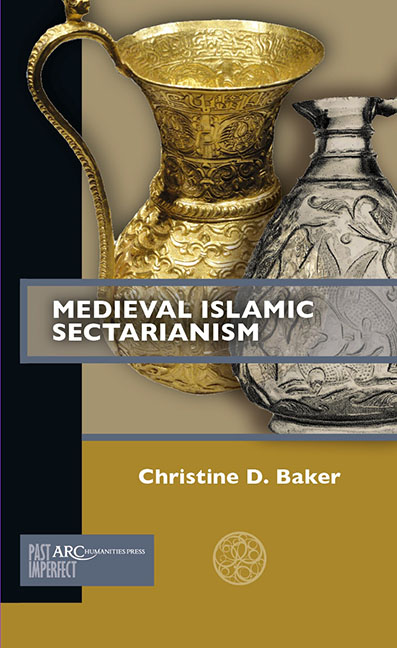Book contents
- Frontmatter
- Contents
- Acknowledgements and a Note on Transliteration
- Timeline
- Introduction
- Chapter 1 When did Sunnism Become Orthodox?
- Chapter 2 Non-Sunni Islams Before the Tenth Century
- Chapter 3 The Fatimids and Isma‘ili Shi‘ism in North Africa
- Chapter 4 The Buyids and Shiʿism in Baghdad
- Conclusion. Reactions to the Shiʿi Century
- Glossary of Key Terms
- Further Reading
Conclusion. Reactions to the Shiʿi Century
Published online by Cambridge University Press: 20 November 2020
- Frontmatter
- Contents
- Acknowledgements and a Note on Transliteration
- Timeline
- Introduction
- Chapter 1 When did Sunnism Become Orthodox?
- Chapter 2 Non-Sunni Islams Before the Tenth Century
- Chapter 3 The Fatimids and Isma‘ili Shi‘ism in North Africa
- Chapter 4 The Buyids and Shiʿism in Baghdad
- Conclusion. Reactions to the Shiʿi Century
- Glossary of Key Terms
- Further Reading
Summary
To a large extent, we have been discussing something that historians call historical memory, which refers to how groups or societies remember past events and how that memory can change over time. Historical memory includes how we remember the past as well as how we interpret representations of the past. Mainly, it means that we need to remember that histories are written within specific contexts and often serve specific purposes. Even if past historians aimed to be objective, they had their own biases that informed their writing. Thus, rather than viewing history as some kind of truth that we can discover about the past, historians more often view historical sources as a lens through which we can interpret how past peoples saw themselves and their world. Historical memory is not fiction, but it has been constructed by a society, usually to emphasize something that the society values.
These kinds of analyses have been done on other periods in Islamic history, but not for the Fatimids and Buyids. For example, Jacob Lassner, in Islamic Revolution and Historical Memory, analysed how the ʿAbbasids wrote early Islamic history after they overthrew the ʾUmayyads. He demonstrated how these histories were not intended to preserve the truth of past events but, rather, to argue that the ʾUmayyads were illegitimate and the ʿAbbasids represented a return to the tradition of the Prophet. Scholars of historical memory, such as Patrick Geary in Phantoms of Remembrance, argue that reconstructing historical memory allows us to understand what was important to the people who constructed it in the first place. Much of this book has focused on Fatimid and Buyid historical memory: how did they want to be remembered? How did they link themselves with the past in ways that made them seem legitimate to the people they ruled? Were those claims inherently sectarian?
During the eleventh and twelfth centuries, the political fortunes of the Middle East changed dramatically. This period saw the influx of new groups of Turkic peoples who took over political control of the region. In 1055, the Seljuks, a Turkic dynasty, conquered Baghdad and ousted the Buyids. The Fatimids lasted more than another century; they lost power in 1171 when one of their viziers, Salah al-Din al-Ayyubi (often better known as Saladin), ousted a weak Fatimid caliph and declared himself the ruler of Fatimid territory, establishing the rule of the Ayyubid dynasty.
- Type
- Chapter
- Information
- Medieval Islamic Sectarianism , pp. 77 - 90Publisher: Amsterdam University PressPrint publication year: 2019



